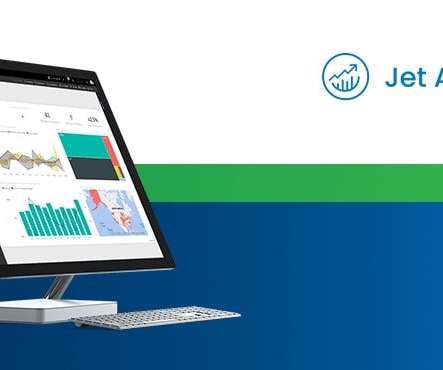Complexity Drives Costs: A Look Inside BYOD and Azure Data Lakes
Jet Global
NOVEMBER 5, 2020
That stands for “bring your own database,” and it refers to a model in which core ERP data are replicated to a separate standalone database used exclusively for reporting. That works reasonably well for traditional reporting functions. For more powerful, multidimensional OLAP-style reporting, however, it falls short.














Let's personalize your content